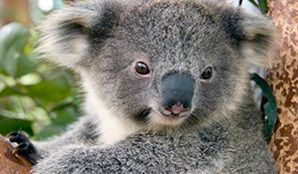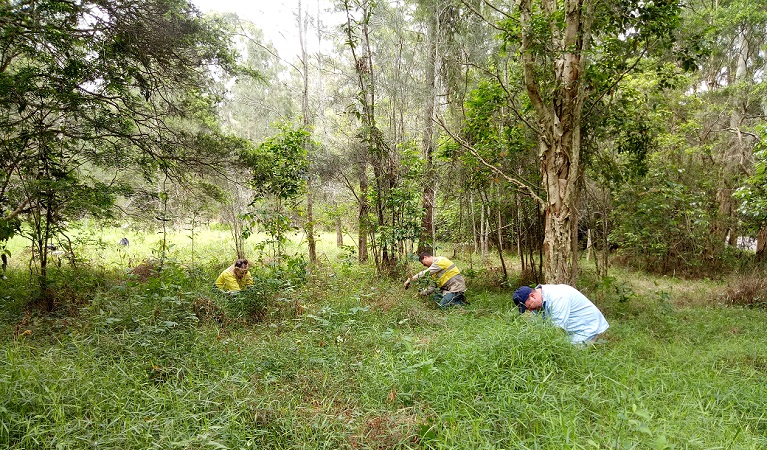Tuggerah bushcare
Tuggerah Nature Reserve
Overview
Are you a Tuggerah local and love working in the garden? Get involved in bush regeneration at Tuggerah Nature Reserve, near Wyong on the NSW Central Coast.
- Work
- Bush regeneration, weed and pest management
- When
Applications are closed for this activity.
- Grade
- Medium. You’ll be weeding and doing other physical activities, so medium level of fitness required.
Come along one Saturday morning a month and help us remove woody weeds in Tuggerah Nature Reserve and Tuggerah State Conservation Area. You’ll be improving the habitat for local plant and animal life, like the swamp sclerophyll forest and squirrel gliders.
The program happens all year round, and it’s a great opportunity to make new friends and be part of your local community. You’ll learn a lot about your local environment while you work to protect it. We meet in an area off South Tacoma Road in South Tacoma.
You don’t need to be an experienced gardener to take part, just willing to learn. You’ll receive training from the group convenor or NPWS staff.
If you like spending time in NSW national parks, and want to help your local environment, why not join up and give this a go?
Wear closed-in shoes, long-sleeve clothing, a hat and sunscreen. Bring along a raincoat, snacks, lunch, drinking water and your gardening gloves. Tools and hard hat supplied.
Find out more about volunteering with us
Saving Our Species program
Australia is home to more than 500,000 animal and plant species, many of which are found nowhere else in the world. Saving our Species is a statewide conservation program that addresses the growing number of Australian animals and Australian native plants facing extinction.


